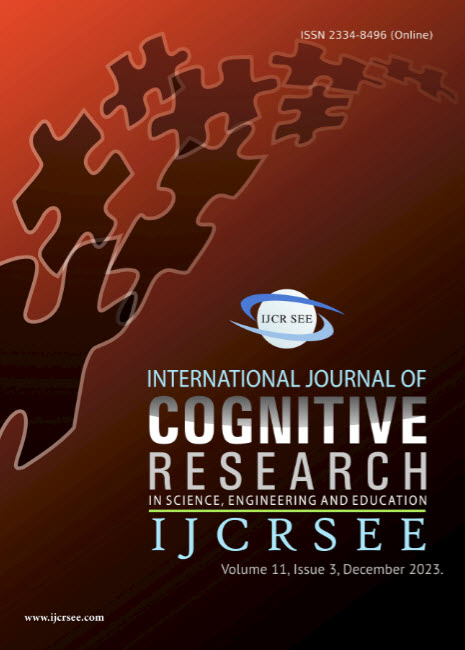Factors Influencing Students’ Dropout Intentions in Ho Chi Minh City, Vietnam
Factors Influencing Students’ Dropout Intentions in Ho Chi Minh City, Vietnam
Author(s): Cam Binh Mai, Tran Nha Ghi, Nguyen Ngoc Hien, Nguyen Thi Trang Nhung, Pham Hoang Bao NgocSubject(s): School education, Higher Education
Published by: Удружење за развој науке, инжењерства и образовања
Keywords: Dropout intention; higher education; Ho Chi Minh City
Summary/Abstract: The increasing number of students intending to drop out of universities in Vietnam has raised concerns. While previous studies have addressed factors influencing dropout intentions, several aspects still need to be explored, particularly in developing countries like Vietnam. This research provides an overview of the factors influencing students’ dropout intention in Ho Chi Minh City. The study employs the Partial Least Squares Structural Equation Modeling (PLS-SEM) approach with a survey sample of 804 students from universities in Ho Chi Minh City. The research findings reveal that factors such as Lack of university commitment (LUC), degree and course commitment (DCC), ineffective time management (ITM), curriculum design (CD), Ineffective adaptation to learning environment (IALE), low classroom participation (LCP) and personal circumstances (PC) significantly influence students’ dropout intentions. Additionally, factors including skills and attitudes of instructors (SAI), instructor support (IS), positive instructor feedback (PIF), university facilities (UF), cultural and social environment (CSE), and access to support from academic advisors (ASA) do not show statistically significant relationships with students’ dropout intention. Furthermore, the study finds no significant differences in dropout intention based on gender, area, and type of university, except for ASA has a differential impact on students’ dropout intentions based on the type of university. The research results provide valuable insights for researchers and educational experts to understand better the factors contributing to students’ dropout intentions. Moreover, the findings assist educational managers and instructors in developing appropriate support measures and interventions to enhance student engagement throughout their academic journey. Finally, the study discusses limitations and suggests future research directions.
Journal: International Journal of Cognitive Research in Science, Engineering and Education (IJCRSEE)
- Issue Year: 11/2023
- Issue No: 3
- Page Range: 417-437
- Page Count: 21
- Language: English

